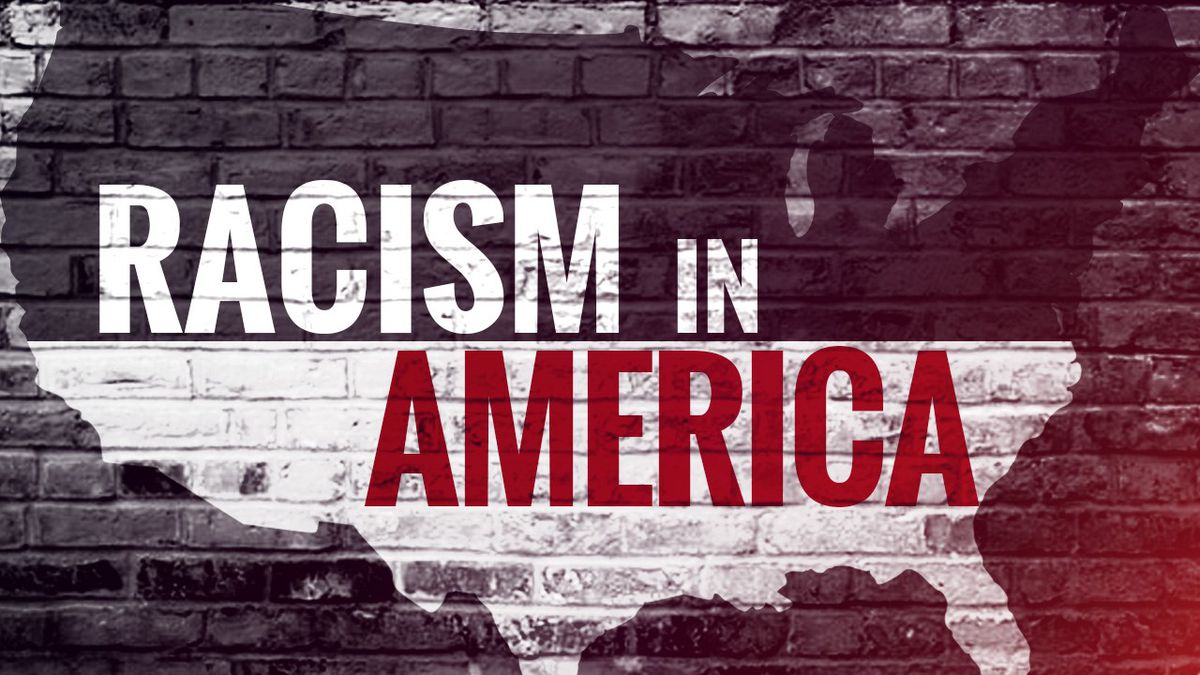(Akiit.com) Other than the commercials that used to come on during daytime TV or Saturday mornings about special edition, commemorative coins for collectors, I never thought much about the United States Mint, the Mint for short.
I’m going to venture to say I’m like most people in that regard; the Mint isn’t top of mind — or in my mind at all. That is until recently. About a week or so ago the Mint announced Dr. Maya Angelou would be on the quarter as part of the American Women Quarters program. The program will feature prominent women in American history on coins. The news that Angelou, a poet, activist and all-around phenomenal woman, would grace the quarter was met with celebration. I have to admit, though, my enthusiasm dampened a little when I found out George Washington will still be on the coin. While my wish is that Angelou have the quarter all to herself, I’m not going to quibble about it.

However, while many of us were cheering about the inclusion of Angelou on the quarter — and the news that President Biden would nominate Ventris C. Gibson, a Black woman, to be the first Black director of the Mint — controversy was brewing.
The New York Times reviewed an internal report that “depicts an institution rife with tumult over allegations of racist behavior.”
According to the New York Times article, the report said the Mint had a “culture problem,” and “implicit bias” and “microaggressions” are common toward people of color. I use people of color here because the article doesn’t provide specificity on the race or ethnicity of the targets of these behaviors.
The report goes on to say concerns about racial issues were dismissed and managers even made comments such as “we need a model minority,” and “if we put a minority as a U.S. Mint assistant director, the minorities will see we are not racist or sexist.”
The Mint isn’t new to allegations of racism. A long, long time ago, 2017 to be exact, a white employee at a facility in Philadelphia took a rope used for sealing coin bags and tied it into a noose. He left it on the workstation of a fellow employee. The employee, by the way, just happened to be Black. In 2020, so not very long ago, then Treasury secretary Steve Mnuchin received a letter outlining other racist incidents: another noose, the n-word written on restroom walls and a Black leader called “zoo keeper” by a white Mint official.
Traditionally, staff at the Mint was white, but it’s becoming more diverse. At the headquarters in Washington, the higher paying jobs are occupied by white people while people of color make up the bulk of lower-paying jobs.
I know some may be surprised. None of this is surprising to me.
This is just but one example of how I know racism exists. It’s why I know institutional racism in this country is real no matter how many times people want to argue to the contrary. You can’t say individuals may be racist, but institutions are not. Where do the individuals work? In said institutions, duh. It’s easy to reason then that those individuals bring their thoughts, views, beliefs — their total selves — into the job, and they treat people accordingly. Laws on the books didn’t change people’s hearts and minds. If it were that simple, we wouldn’t even need laws on the books. People would just do what’s right because it’s right.
Instead of arguing against critical race theory, why not use that energy to actually remove racism from institutions in America? The incidents at the Mint are why diversity, equity and inclusion (today better known as critical race theory) efforts are necessary. If we educated our children on America’s true history, maybe they wouldn’t grow up to be adults who think it’s OK to leave a noose on their Black coworker’s workstation or write the n-word on a restroom wall. Trust and believe, these things weren’t done in ignorance. The perpetrators knew exactly what those actions meant.
Unfortunately, these types of incidents will continue because parents don’t want their children, and by extension themselves, to be uncomfortable. Until then, Black people will continue to be uncomfortable in the country we call home.
Columnist; Oseye Boyd
Official website; https://twitter.com/thequeenoseyeb








Leave a Reply